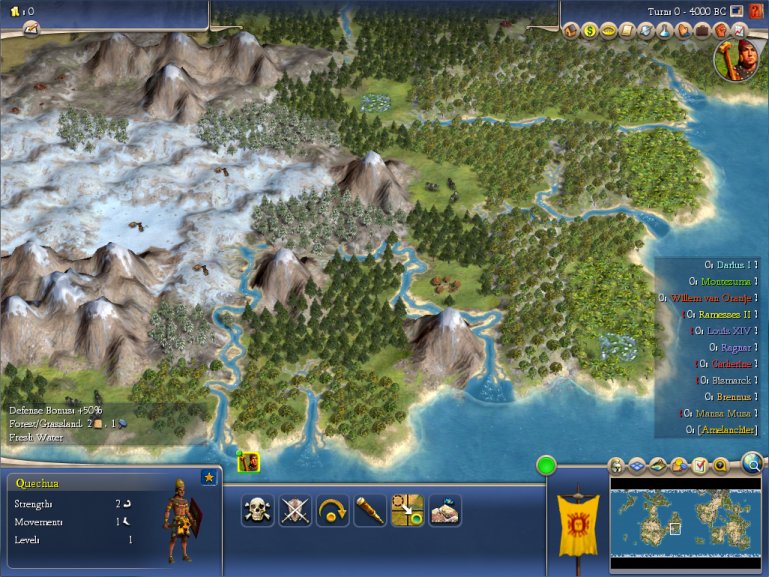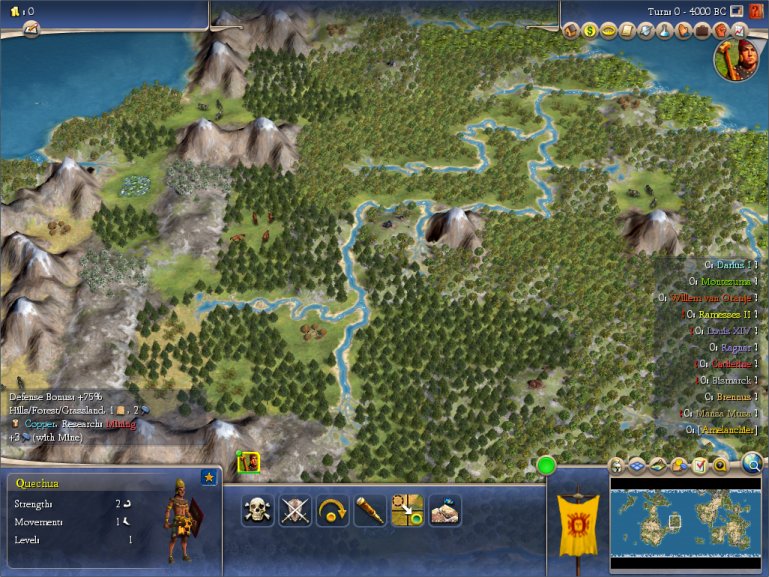This is going to be a long term project I have in mind. I have already added some functionality to DoaNE which should be available in the next version by adjusting feature placement according to some parameters but this will be totally different.
Probably some of you have played with PerfectWorld2 or FairyWeather mapscripts (scripts which will be integrated in DoaNE for future versions):
PerfectWorld2
http://forums.civfanatics.com/showthread.php?t=310891#
There is also an utility I want to mention:
MapScriptTools
http://forums.civfanatics.com/showthread.php?t=371816#
The utility that pretty does it all... currently I have been implementing all the code in a way that any mapscript or map which uses standard feature generator will benefit of the new features. As you note this utility does exactly the same so I will probably port some of the functionality to DoaNE.
I especially like the debug features that will allow me to know how the map features are working.
Well, what's my aim? Introduce a dynamic map generation based on climate and realistic parameters to generalize what the previous map scripts have done to ALL maps.


Probably some of you have played with PerfectWorld2 or FairyWeather mapscripts (scripts which will be integrated in DoaNE for future versions):
PerfectWorld2
http://forums.civfanatics.com/showthread.php?t=310891#
There is also an utility I want to mention:
MapScriptTools
http://forums.civfanatics.com/showthread.php?t=371816#
MapScriptTools.py provides functions and classes to:
- easily adapt maps for mods
- add Marsh terrain
- add Deep Ocean terrain
- make the map looking prettier/more realistic
- add special regions to the map
- replace and expand BonusBalancer (from Warlords)
- manipulate river creation: (starting from lakes, on islands)
- handle starting-positions for teams
- print various sorts of maps to the log file for testing
- print stats about mod and map
- find the path for Civ4, Mod or Log files
Also included are several maps using these new features.
The utility that pretty does it all... currently I have been implementing all the code in a way that any mapscript or map which uses standard feature generator will benefit of the new features. As you note this utility does exactly the same so I will probably port some of the functionality to DoaNE.
I especially like the debug features that will allow me to know how the map features are working.
Well, what's my aim? Introduce a dynamic map generation based on climate and realistic parameters to generalize what the previous map scripts have done to ALL maps.

